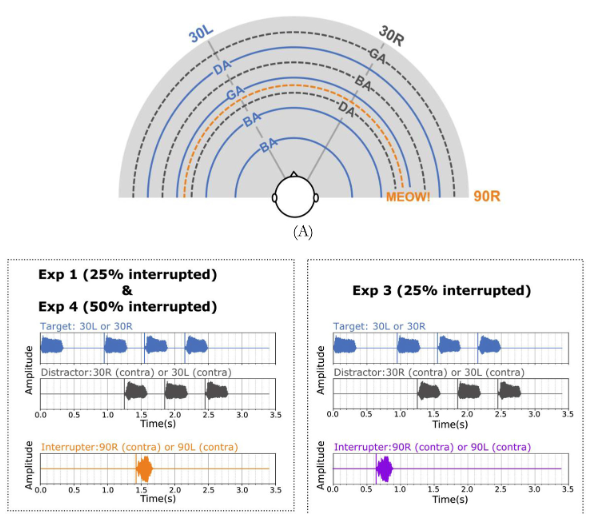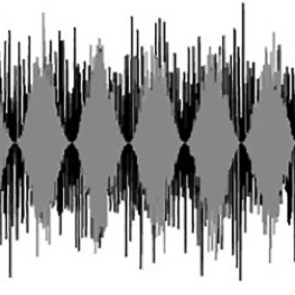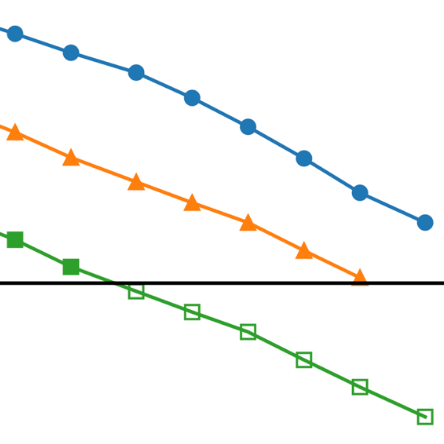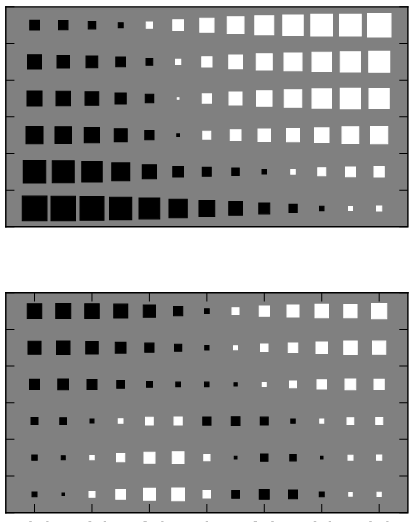Selected Publications

The proximity of a masker to the target plays a role in how much masking it will exhibit. What about an infrequent, perceptually-relevant sound that involuntarily shifts attention away from the target? We presented an infrequent interupting sound during a spatial selective attention task, and found that syllable recall was significantly degraded by the interuptor regardless of its location.
Liang, W., Brown, C.A., and Shinn-Cunningham, B. (2022). Cat-astrophic effects of sudden interruptions on spatial auditory attention. Acoustical Society of America, 151, 3219-3233. https://doi.org/10.1121/10.0010453

The effect of accumulated non-traumatic noise exposure is difficult to assess, mostly due to a lack of tools beyond patient surveys. We leveraged the regular, predictable exposure to dental drill noise over time of dental students to collect precisely titrated noise exposure data, and correlated it with psychophysical performance.
Zhang, M., Stern, R.M., Moncrieff, D., Palmer, C., and Brown, C.A. (2022). Effect of titrated exposure to non-traumatic noise on unvoiced speech recognition in human listeners with normal audiological profiles. Trends Hear., 26, 1-15. https://doi.org/10.1177/23312165221117081

Technological advances in recent years have made online psychoacoustic studies more feasible, albeit under less rigorous control than traditional laboratory studies. The COVID pandemic has made such studies all but necessary. Here, we outline a number of procedures and guidelines to ensure proper scientific rigour and repeatability when testing online.
Zhao, S., Brown, C.A., Holt, L., and Dick, F., (2022). Robust and efficient online auditory psychophysics with the right auditory hygiene. Trends in Hearing. https://dx.doi.org/10.1101/2021.07.17.452796

Bilateral cochlear implant users are sensitive to interaural level difference cues, but this sensitivity is not enough for accurate sound source localization. The complex interaction between ILDs, device processing including automatic gain control, and the idiosyncracies of the impaired auditory system result in azimuth- and frequency-specific differences in sensitivity. This study implements ‘corrective’ binaural processing, which magnifies ILD cues at the locations and in the frequency regions that a particular user needs, to significantly improve free-field localization.
Brown, C.A. (2018). Corrective binaural processing for bilateral cochlear implant patients. PLOS-One. 13(1), e0187965. https://doi.org/10.1371/journal.pone.0187965
